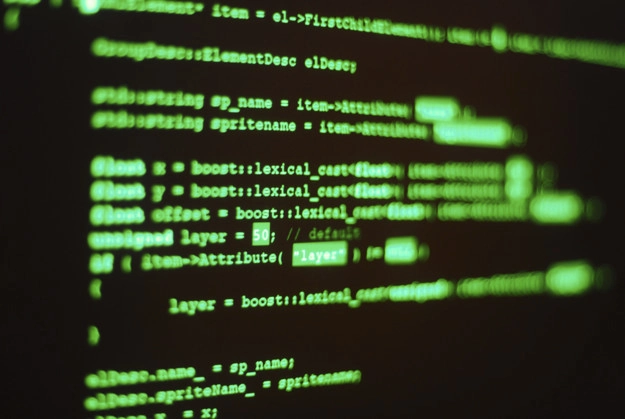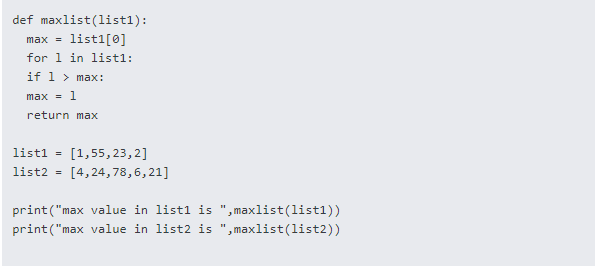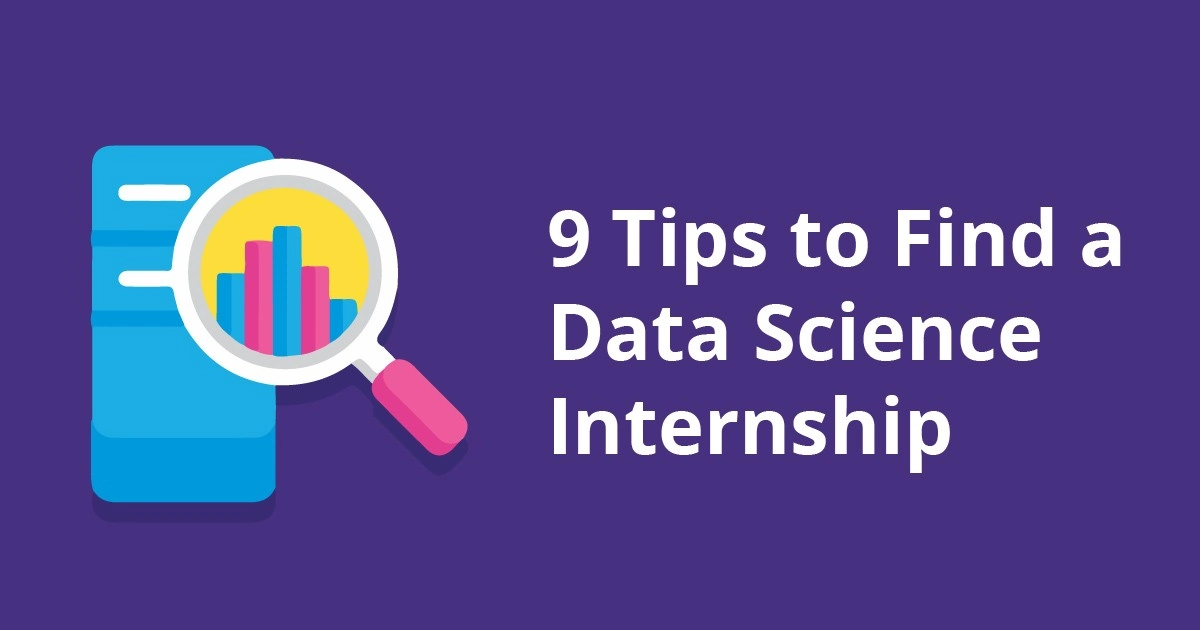According to the TIOBE index, Python, along with Swift and HTML5 continues to be one of the top four programming languages in demand.
TIOBE also highlights Python’s growing use in teaching, citing data that Python featured in 70% of introductory programming courses at US universities in 2014.
Python has gained immense popularity as a general-purpose, high-level back-end programming language for the creation of the prototype and developing applications.
Python’s readability, flexibility, and suitability to data science operations have made it one of the most preferred languages among developers.
It is extensively used by developers who need to apply statistical techniques or data analysis in their work. Data scientists use Python to integrate their tasks with web apps or production environments.
Python libraries simplify complex jobs and make data integration much easier with fewer codes and in lesser time.
Functions in Python may be explained as a group of related statements to perform a specific task. In this blog post, I aim to define Python function, the syntax, components, and types of a function.

Functions in Python help us by breaking our program into smaller and modular chunks. This makes our programs more organized and manageable, as it grows with time.
In addition, Functions in Python also reduces the chances of code repetition and instead makes code reusable.
This discussion on Functions in Python walks you through the concept of Python function. I intend to help you learn how to create user-defined functions and explain how to use the Functions in Python with examples.
Python is more commonly used to build modules to create websites, interact with a variety of databases, and manage users.
When drawing a comparison between Python and R, Python is better for building analytical tools. This is especially true if you are creating a web service to enable other people to upload datasets and find outliers.
What is Functions in Python?
Functions may be explained as the core building blocks of any programming language that a programmer must learn to use. Python provides a large number of in-built methods for direct use and also allows you to define your custom functions.
Therefore, a function in Python may be defined as a logical unit of code that contains a sequence of statements indented under a name given using the “def” keyword.
Functions in Python allow you to create a logical division of a big project into smaller modules. The purpose is to make your code more manageable and extensible.
Types of Functions in Python

Functions in Python may be two types:
(i) In-built functions
(ii) User-defined functions
Types of functions in Python: In-built Functions
In-built functions in Python are the in-built codes for direct use. For example, print() function prints the given object to the standard output device (screen) or to the text stream file.
In Python 3.6 (latest version), there are 68 built-in functions. Some of the commonly used in-built functions in Python are:
|
Method |
Description |
|
Python abs() |
returns the absolute value of a number |
|
Python all() |
returns true when all elements in iterable are true |
|
Python any() |
Checks if any Element of an Iterable is True |
|
Python ascii() |
Returns String Containing Printable Representation |
Types of functions in Python: User-Defined Functions in Python
User-defined functions in python are the functions that are defined or customized to perform certain specific tasks.
In other words, the functions we use written by others in the form of library, are user-defined functions and are also termed as library functions.
Thus, it may be said that user-defined functions can also be a third-party library for other users.
Advantages of User-defined functions in Python
(i) The best part about user-defined functions in Python is that they are reusable code blocks. These codes only need to be written once, and then they can be used multiple times. They can even be used in other applications, too.
(ii) User-defined functions in Python are very useful, from writing common utilities to specific business logic. These functions can also be modified per requirement.
(iii) Another advantage of using user-defined functions in Python is that it is usually well organized, easy to maintain, and developer-friendly. Which means it can support the modular design approach.
(iv) User-defined functions are useful for decomposing a large program into small segments which makes it easier for a program easy to understand, maintain and debug.
(v) If codes are repeated in a program, user-defined functions can be used to include those codes and execute when needed by calling that function.
(vi) Programmers working on large projects can distribute the workload by making different functions.
How to use Functions in Python
Once you have defined a function in Python, you can call it from another function, program or even the Python prompt. To call a function you just have to type the function name with appropriate parameters.
We have described how to use functions in Python in a few simple steps below.
To create a function def keyword is used in Python. Define a unique name for the function and in parenthesis, you can specify your parameters.
How to Define a Function
Function block starts with colon(:) symbol.
Refer to the syntax below:

Refer to the example below:

In the above example, we have created a callMe() function in Python which did not take any arguments. It prints text on the screen when it called.
How to Call a Function
Now, you have to specify the function name and specify the parameters in parenthesis () if it takes. After completing the task it returns back to the program.
Refer to the syntax below:

Refer to the example below:

Now you will get the following output:

How to Create Functions in Python with Parameter
You may simply specify the parameter in the function if you want to perform the task with different-different parameters.
Refer to the syntax below:

Refer to the example below:

Now you will get the following output:

How to Create Functions in Python with Return Value
To do this, you may use the return statement to return value from the function to the caller.
Refer to the syntax below:

Refer to the following example:

In the above example, we have created function maxlist() which returns max value from the list.
Now you will get the following output:

How to Create Functions in Python with the Default Value
You may create a default parameter that automatically supplies value even if you do not supply value while calling the function. Default argument declaration starts from right to left.
Refer to the following syntax:

Refer to the following example for a better understanding:

In the above example, we have specified the default value in the name and age variable. If these variables values are not defined while calling then it will use the default set value.
By now, you must have attained a basic understanding of how to use its functions. You may look upon the Internet to find online video tutorials and study matters for more knowledge.
Watch video on how to use functions in Python:
Also, sign up for technical blogs or papers and newsletters for regular updates. I shall advise you to join knowledge-sharing forums to know about the new trends and developments in Python coding, and what others are doing.
You may post a question or answer a question posted by others. Regular participation in these forums enhances your knowledge of Python and helps you understand better with real-life examples.
Here we have discussed a few of the popular Python functions. Several others may be explored. Build the right team with knowledgeable resources for success.
Career in Data Science

Find developers with a good knowledge of tools and techniques of statistical analysis. Your team should also have an experienced data scientist with the development skills to work in a production environment.
Career opportunities in Python have multiple merits. Tremendous growth, learning, and lucrative salary are some of the well-known perks.
You can be part of the changing technological landscape and influence it in your own way. Add to that the magic touch of a data analytics course, and you are ready to rock!
Python career also offers diversity in terms of career choices. One can start off as a developer or programmer and later switch to the role of a data scientist.
With a substantial amount of experience and Data Science Course Certification, one can also become a certified trainer in Python or an entrepreneur. But the bottom line remains the same. Perform to prosper in Python.



















Nice article!
Thank You Krishna